

NEW
States › Delhi › Pilgrimage › Sikh Pilgrimages › Gurudwara Rakab Ganj
Gurudwara Rakab Ganj Delhi
Another popular Sikh pilgrimage site in Delhi with an immense sacred significance is Gurdwara Rakab Ganj. Like most of the Sikh shrines in Delhi, Gurdwara Rakab Ganj was also built by Baghel Singh in the year 1783. The land on which the gurdwara stands is the popular historical site where cremation of the beheaded body of Guru Tegh Bahadur - the ninth Sikh Guru was observed. Located near old Rasina Village, this famous sacred site in Delhi took almost 12 years to get fully constructed to commemorate Guru Tegh Bahadur who sacrificed his life for the freedom of belief, worship and expression. However, before that, there was a mosque near to the spot where the beheaded body of Guru Tegh Bahadur was cremated. The Sikhs claimed this place as their own hallowed place.
Opposing the dismantling of the mosque, Muslims stood with their swords to protect the mosque. But the Sikh people present a deal to Muslims where they asked them to rebuild the mosque on their expense but only when the urn containing the ashes of Guru Tegh Bahadur was not be located. On the acceptance of the deal, the excavation project was carried out at the place in the presence of high officials of Mughal. After the excavation process, the contention of being a Sikh sacred place proved out to be true, and thus, the Sikhs were allowed to build a gurdwara on this land by the Mughal Emperor Shah Alam II. At present, Gurdwara Rakab Ganj is reckoned to be one of the popular pilgrimage sites in Delhi, and hence, it receives a large footfall of devotees every day.
Spacious Structure
The present structure of Gurdwara Rakab Ganj is mainly built up of white marble and is facing the North Block of Central Secretariat and Parliament House. Like most of the Sikh pilgrimages, Gurdwara Rakab Ganj also has four entrances that signify that the place is open for all the people irrespective of the race, religion and gender. Surrounded by a garden, the gurdwara complex also includes a prayer hall where devotees come and sit for a while to offer their homage. Besides, there is also a free kitchen hall where langar is served to devotees.
History and Legend
The historical pieces of evidence say that Gurdwara Rakab Ganj was built by Sardar Baghel Singh in 1783 to commemorate the ninth Sikh Guru - Guru Tegh Bahadur Singh. However, behind its construction, there is an interesting story about this place which dates back to the time when Delhi sultanate was ruled by the Mughal emperor, Aurangzeb. It goes this after Guru Tegh Bahadur was beheaded by the soldiers of Aurangzeb, the entire Sikh community went into sudden shock and the people were crying in utter helplessness. The sky overcast with black clouds and the dust storms were hitting the city rapidly. Making use of such weather condition, one of the disciples, Bhai Jaita, of Guru Tegh Bahadur took away his severed head and ran and hide to the place of safety. Thereafter, he went to Anandpur Sahib in Punjab where he put the holy head of Guru Tegh Bahadur in front of Guru Gobind Singh - the tenth Sikh Guru. The disciple was embraced for his valour act and the head of the guru was cremated with complete rituals and ceremony.
Another part of the similar tells the bravery of another disciple of Guru Tegh Bahadur, Bhai Lakhi Shah Banjara and Bhai Naghaiya (Lakhi’s son). Amidst the cloudy weather and dust storm, both disciples went to Chandni Chowk with a cart carrying cotton and foodstuff. As soon as they reached the spot where Guru Tegh Bahadur was lie beheaded, they lift the headless body and placed it under the cotton bundles. Using the invisibility caused by the dust storm, this whole scene was performed within a moment of time that none of Aurangzeb soldiers got to know about it unless they actually saw the body missing. Meanwhile, the disciples went to Raisina Village, the place where they were living. However, in order to not to get suspected, Bhai Lakhi Banjara put the body on the bed and set the entire house on fire. This place where the headless body of Guru Tegh Bahadur was cremated is today known as Rakab Ganj. Moreover, after this cremation process, the ashes of guru were collected in the urn and buried on the same spot that was later discovered by the Sikh people in late 18th-century during their assertion with Muslims.
Location Address
Guru Gobind Singh Bhawan, Pandit Pant Marg, New Delhi, Delhi 110001.
Opening/Closing Timings
The pilgrimage timing of Gurdwara Rakab Singh starts from 5 in the morning and to 10 in the night.
How to Reach?
From the gurdwara, the nearest metro station is Shivaji Stadium which lies on Airport Express Line of Delhi Metro and is located at a distance of 1.6 km from gurdwara. However, another major nearest metro station from Gurdwara Rakab Ganj is Rajiv Chowk which is located approximately at a distance of 2.4 km. Rajiv Chowk lies on Yellow and Blue Line of Delhi Metro.
Best Time to Visit?
One can visit the place any time during a year. However, in terms of weather conditions, the months of winter, i.e., from October to February are the best time to visit Gurdwara Rakab Ganj.
Nearby Tourist Attractions
Gurdwara Rakab Ganj is located at such a strategic location from where some most popular tourists attractions of Delhi are located in the close distance.
- Gurdwara Bangla Sahib
- India Gate
- Jantar Mantar Observatory
- Central Park
- Connaught Place
- Palika Bazar
- Cathedral Church of Redemption
- Hanuman Mandir
- Jhandewalan Temple
- Karol Bagh Market
- Janpath Market
- Agrasen Ki Baoli
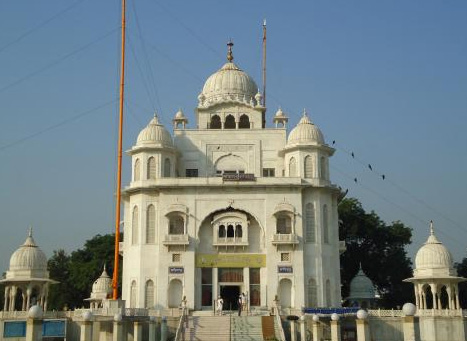







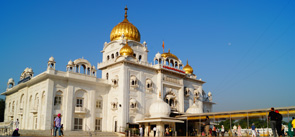
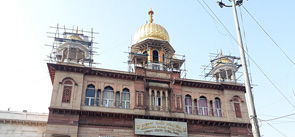

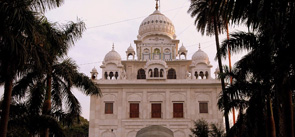
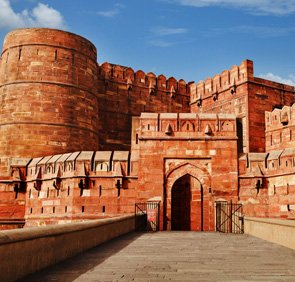
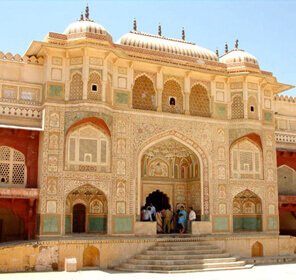
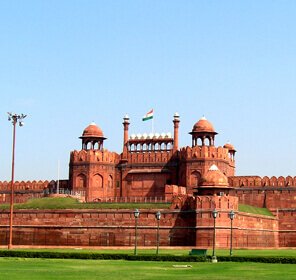
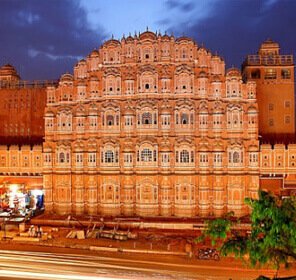

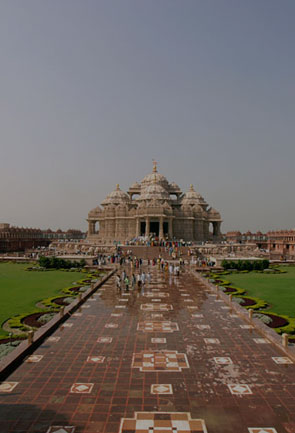

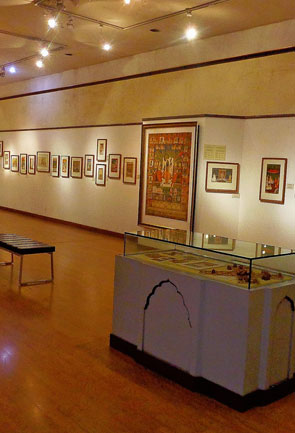
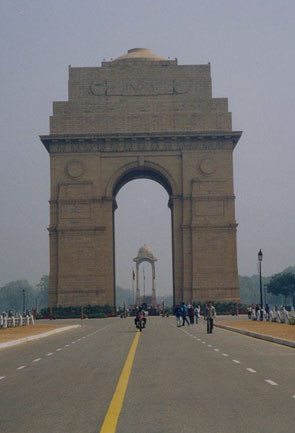
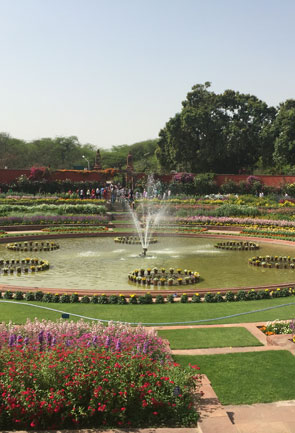

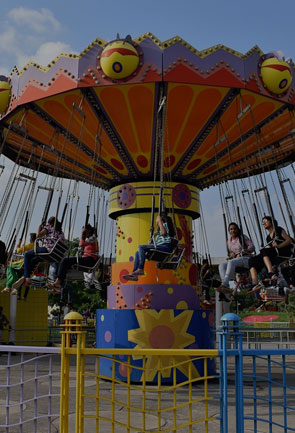


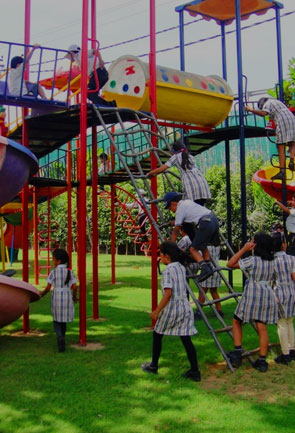





 Plan Trip
Plan Trip Call Us
Call Us Packages
Packages Home
Home